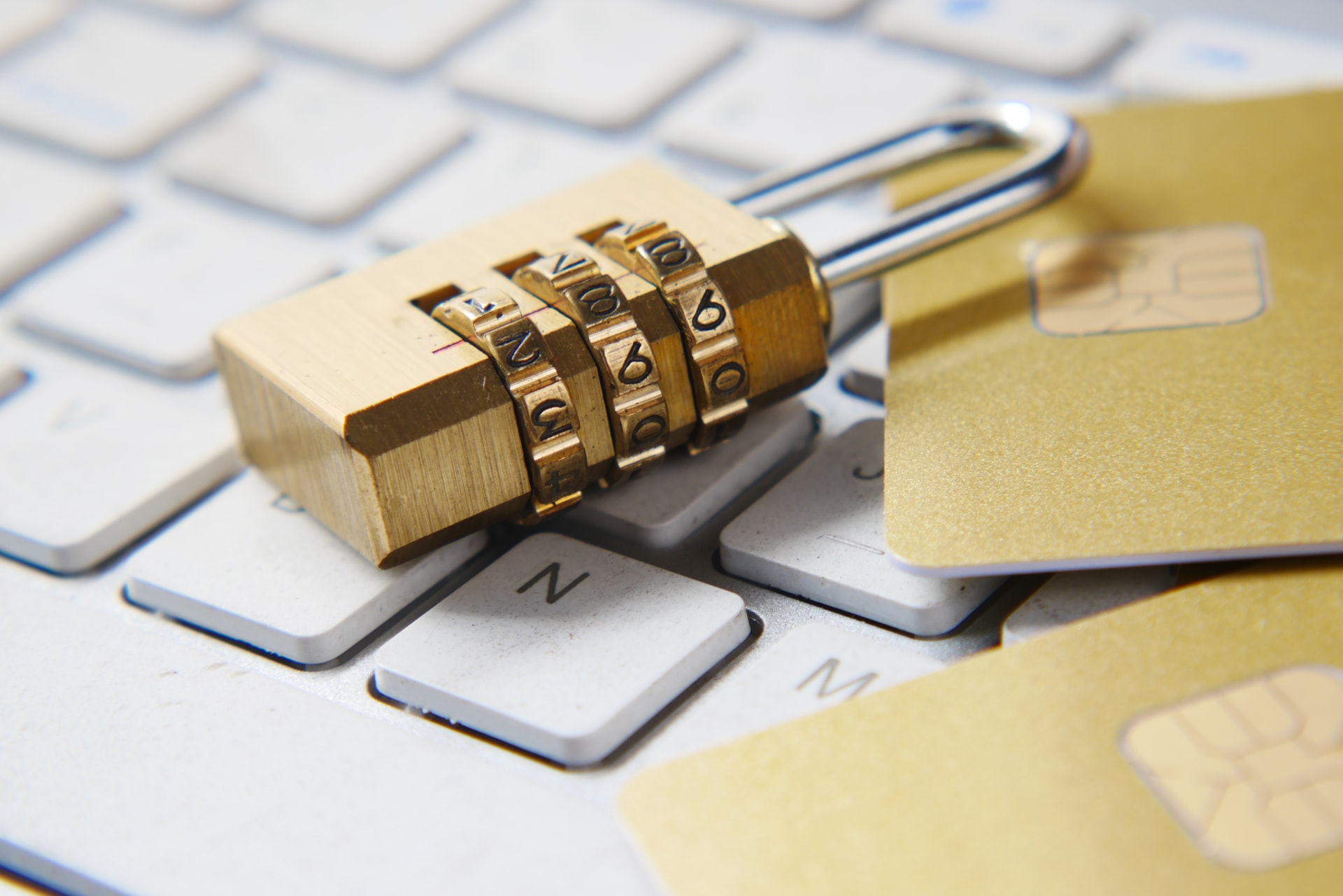South Dakota Gov. Kristi Noem recently signed legislation creating a partnership between South Dakota State University and Dakota State University to explore cybersecurity in precision agriculture.
According to the legislation, appropriated funds totalling $1.25 million will be split between the two universities to develop undergraduate and graduate curricula, research opportunities and associated outreach programming to address agricultural security threats.
The funds will be distributed by the state’s executive director of the board of regents through vouchers, and the state auditor will draw warrants to pay expenditures.
“The initial discussion for the bill came about because of COVID,”
bill sponsor Sen. Casey Crabtree said.
“It really put food security at the top of the list and put it on everyone’s radar.”
In terms of the university’s partnership, Crabtree said it makes sense because of Dakota State University’s focus on cybersecurity and South Dakota State University’s involvement with agriculture studies.
According to officials from both universities, these threats can vary, but one prominent concern is farming equipment vulnerabilities.
“On our side, we look at the Internet of Things and how that can be disrupted and impact a farmer sitting in his tractor,”
Richard Hanson, interim provost and vice president for academic affairs at Dakota State University, said.
“These days, a farmer can sit in his cab in a tractor, push a button and GPS will dictate the movement of the tractor in the field.”
Hanson expanded on this, comparing previous water plant cyber attacks to potential agriculture-related threats.
“As we’ve already seen, hackers can get in and change chemical formulas in water plants,”
Hanson said.
“They can certainly do that with fertilizer and nutrients being applied to a farm field and literally change the chemical structure and wipe out a crop.”
According to South Dakota State University Extension Director Karla Trautman, other threats such as compromised rural water systems for irrigation and inputting data for precision planters can also be causes for concern.
“If I’m setting all that data from an electronic component, let’s say for planting seeds, and maybe we add something like a chemical component to help with planting, hacking into that system means that without knowing it, it could alter the planting process,”
Trautman said.
The greater risk associated with this, Trautman told, is it could trickle down and impact food security and safety, fertilizer percentages, contamination and food production across the board.
To combat these potential risks, both universities cited the need for communication and collaboration between each other and the broader agriculture industry.
One of the things being discussed are conferences and symposiums, Dr José-Marie Griffiths, president of Dakota State University, said. The goal is to identify the concerns that exist within the industry and what people are worried about.
More specifically, Griffiths added, questions about what industry professionals see as potential vulnerabilities should be asked to create and define the research agenda.
Currently, both universities are in the beginning stages of formally navigating their joint partnership.
“It’s really exciting that we can come together under this common need and utilize the brainpower of many different people who sit in many different chairs to come up with solutions for the common good,”
Trautman said.
“It’s going to take all of us in the different roles that we have to make that come to fruition.”
Source:






Comments